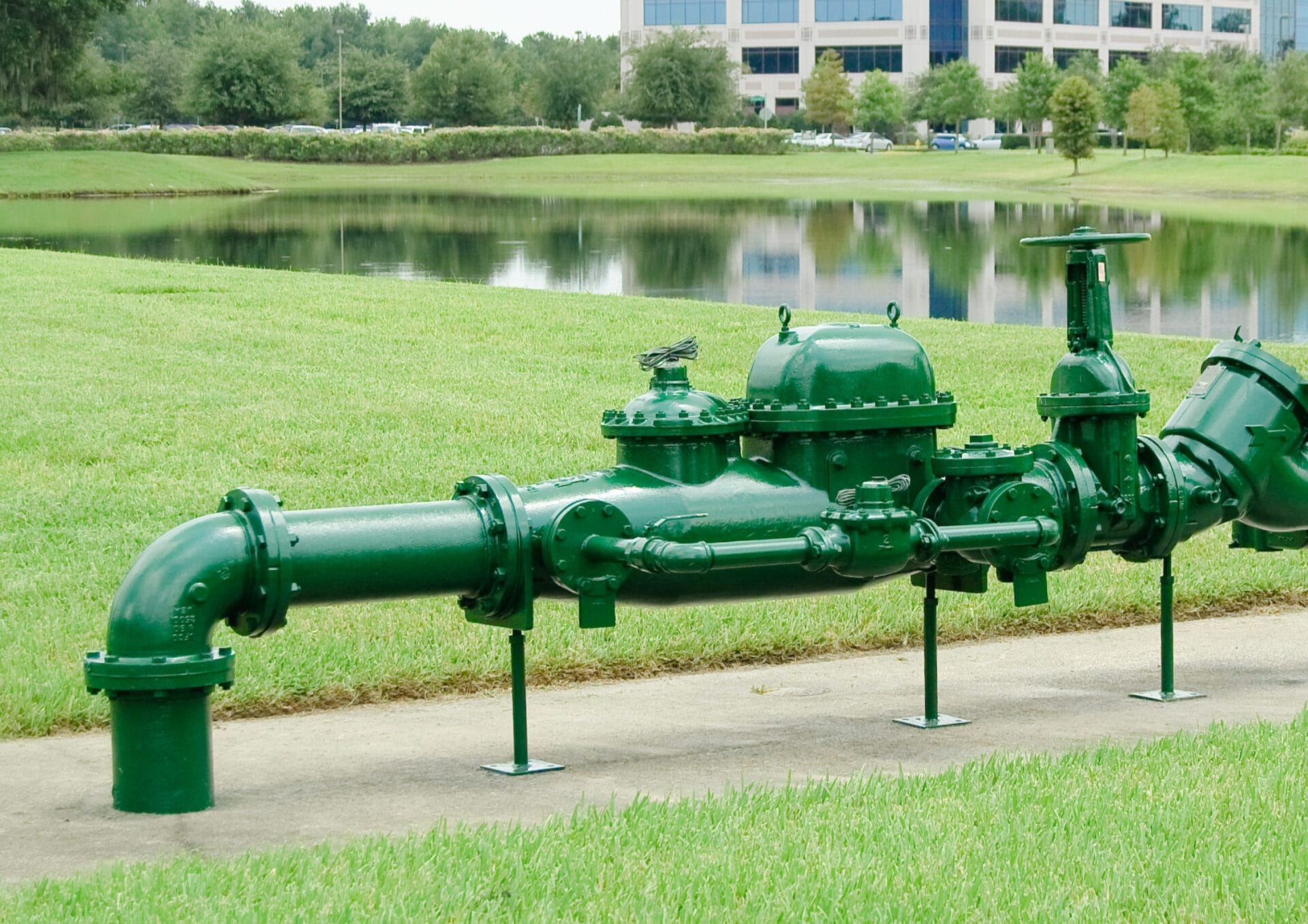Backflow preventers are vital for keeping the water supply safe and free from contamination. That’s why it’s crucial to have a properly working one in your plumbing system.
Backflow preventers are specialized valves installed to prevent the reverse flow of water that could potentially contaminate the potable water supply. The overall purpose of this is to ensure public health and that the water is clean and safe for consumption.
However, to ensure that this is always the case, proper care and maintenance are required. Here are some important tips you’ll need for backflow preventer care and maintenance:
Tips for Backflow Preventer Care:
Installation Considerations
First and foremost, if you haven’t installed your backflow preventer yet, consider the best way to do so. Take into account factors such as the location, size of the plumbing system, and regulatory requirements. Ensure that the backflow preventer is easily accessible and positioned away from potential contaminants. It’s highly recommended to consult with an experienced plumber or technician regarding the installation of the backflow preventer.
Cleaning and Debris Removal
Regular cleaning is highly recommended to ensure that your backflow preventers are functioning well. Remove any debris or sediment that may accumulate in the pipes and valves. These can cause blockages and obstruct the flow, potentially leading to future damage.
Annual Testing
At least once a year, a certified professional should verify the effectiveness of your backflow preventer. Part of the process involves using backflow preventer test kits. Aside from confirming efficiency, yearly testing can detect potential issues that may require repair or replacement if necessary.
Replacing Damaged Parts
Once damages, corrosions, leaks, and worn seals are discovered, it is crucial to have them replaced immediately. Replace any damaged parts, such as valves, pressure gauges, or seals, promptly to maintain the reliability of not just the backflow preventer but also the entire system. Ignoring the damaged components can lead to contamination and system failure.
Seasonal Maintenance
Aside from annual testing, consider whether the working environment tends to fluctuate and affect the functionality of the backflow preventer. Additionally, there are seasons when the weather undergoes extreme changes. For example, during winter, it’s crucial to protect backflow preventers from freezing and thawing damage by insulating exposed pipes and valves. These are just a few ways you can prolong the lifespan of your backflow preventer.
Taking Other Preventive Measures:
- Using a Backflow Test Kit
Invest in a quality backflow test kit to monitor the performance of your backflow preventer regularly. These kits allow you to conduct basic tests to ensure that the valves are operating as intended.
- Calibrating and Repairing Backflow Test Kit
To provide accurate readings, ensure that the backflow test kit used is calibrated correctly. Regular calibration of the backflow test kit can save you from the hassles that come with potential misdiagnosis of the backflow preventer’s condition.
- Professional Assistance
If you have any doubts, it is better to seek out professionals, such as certified experts in the maintenance and testing of backflow preventers. They will ensure quality work that meets all regulations and legal standards. Moreover, they can offer the best methods for improving your system’s performance and provide useful advice
Proper maintenance of backflow preventers is essential for ensuring the safety and integrity of our drinking water supply. By following these tips and investing in professional assistance when needed, homeowners and businesses can maintain effective backflow prevention systems and protect public health.
For calibration services for your backflow test kit, contact Micro Precision Calibration, to ensure accurate and reliable results for peace of mind.

